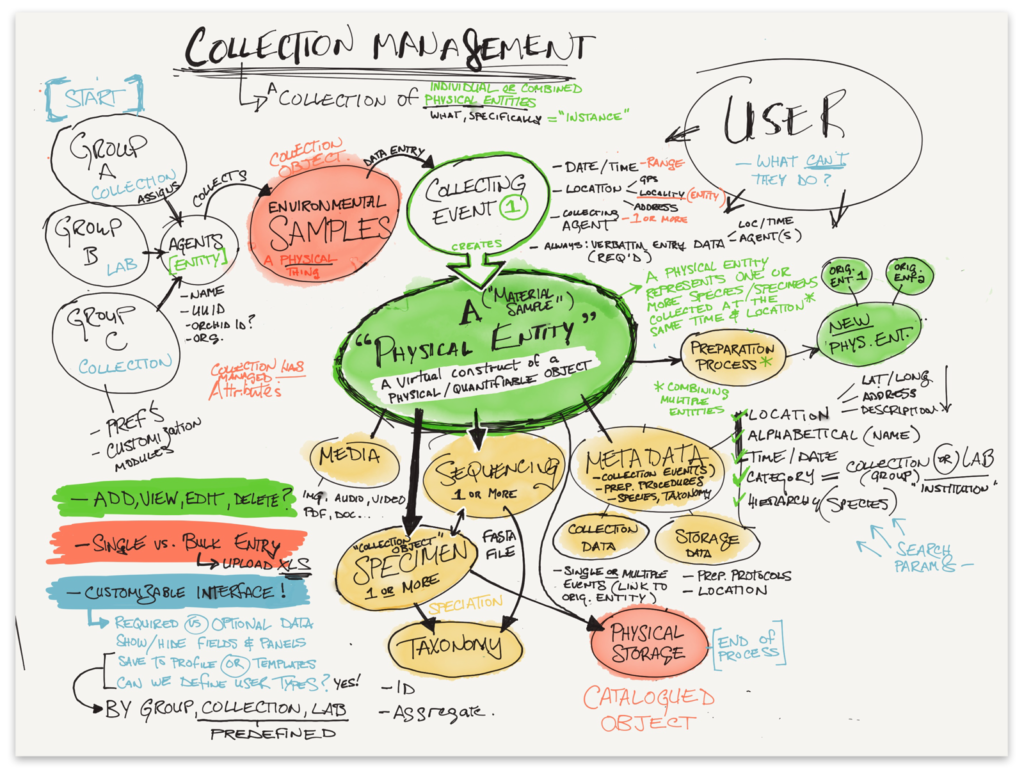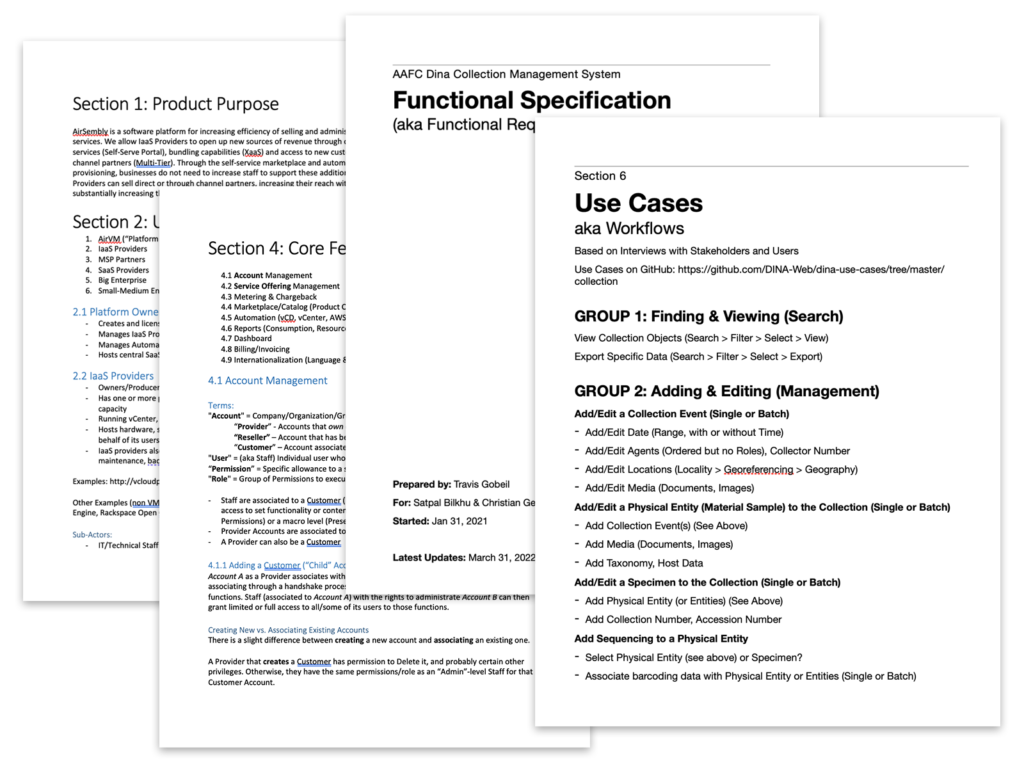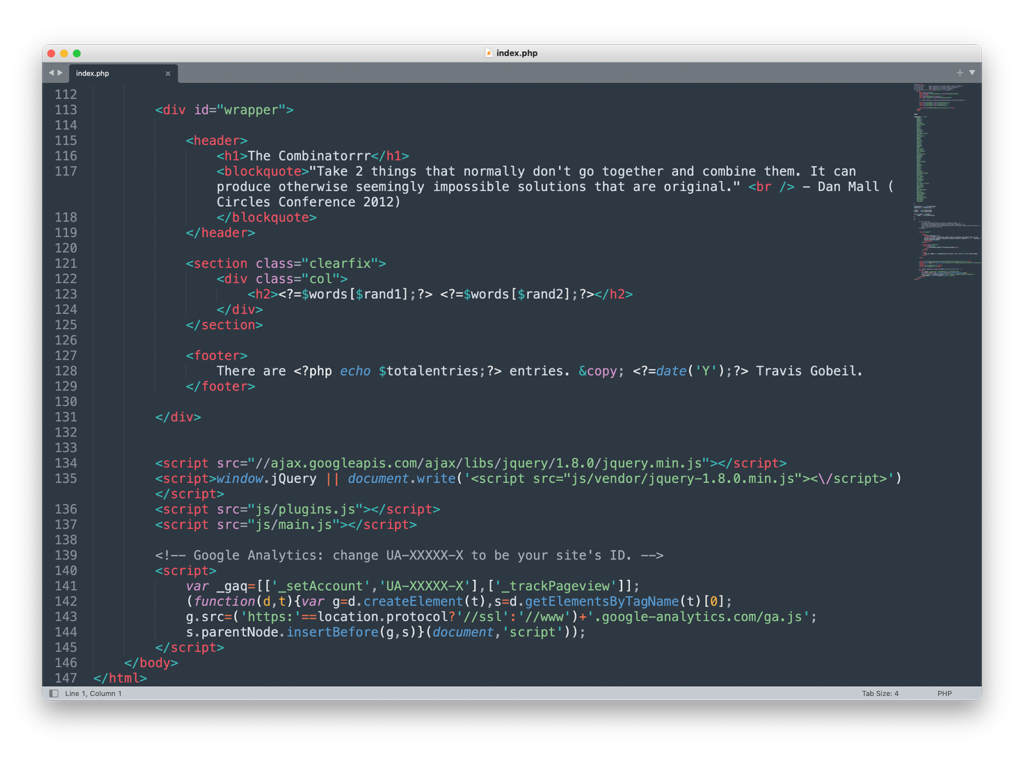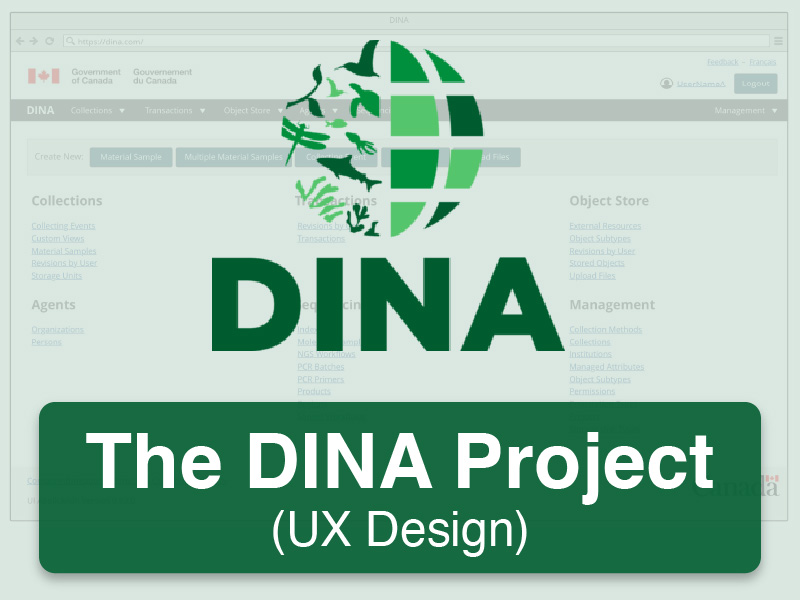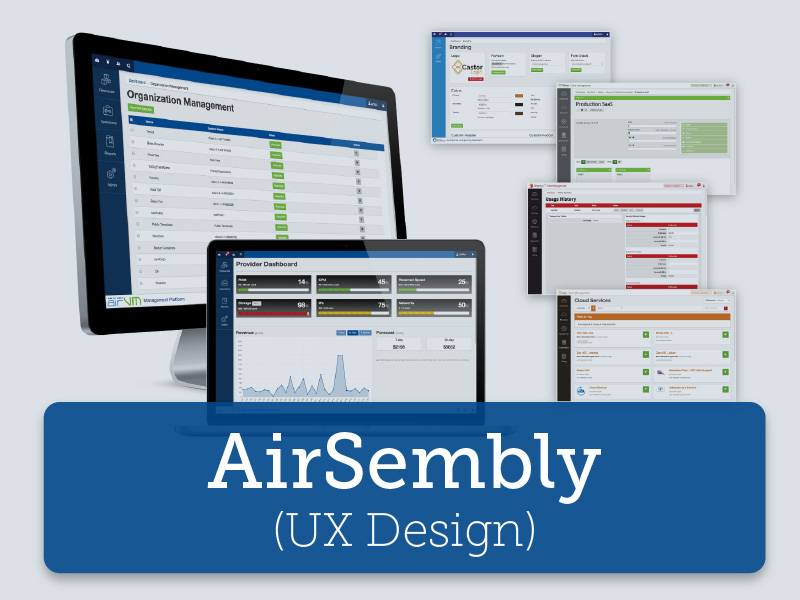Once a set of formal requirements has been established, you can move forward with the process of designing the layout of the necessary interface elements. Deciding how to arrange content and UI takes a combination of Graphic Design and UX thinking. You also need to know your WCAC Accessibility Guidelines or you’ll end up doing more work to fix it later.
Wireframes are usually the end product of this phase. The more basic, the better. Colour, type, and interaction/animation details should all be left out at this stage. It is important to really understand the user journey in order to make a process that is logical and accessible.






